
Rrrainbow/iStock/Getty Images
If you were an early human assigned the task of drawing up a "wish list" of your ideal high-protein food, you'd probably want something that's easy to find, prolific in number and relatively defenseless. The many varieties of shellfish in coastal regions fit that description handily, so it's little wonder they've been a valued food source throughout human history. The vast majority of shellfish are edible, within certain limits, and most are remarkably tasty as well.
Tasty Crustaceans
The culinary kings of the shellfish world are the crustaceans, a group of armored, bug-like predators. The crustaceans include crabs, langoustines, prawns, shrimp, lobsters and their freshwater cousins, the crawfish or crayfish. As a group, they're renowned for their rich and sweet flavor and are among the most eagerly consumed shellfish. A few species are of little commercial or culinary importance because of their small size or mediocre flavor, but most are choice.
Mobile Cephalopods
Cephalopods are a shellfish turned inside-out, with a soft exterior and a vestigial shell on the interior. The best-known of these piscine paradoxes are the squid and octopus, though the cuttlefish and nautilus are also valued in some parts of the world. The nautilus is an exception among the cephalopods, sharing their tentacles and mobility but retaining an external snail-like shell. As a family, they're tough and chewy unless prepared well, but tasty nonetheless.
The Bivalves
The term "bivalve" applies to that large, familiar group of molluscs that live within a pair of shells, which open for feeding but close for self-defense. This group includes oysters, clams, mussels and scallops, all staples of the seafood industry. Freshwater clams and mussels are widespread but rarely eaten, thanks to their relatively small size, bland flavor and high likelihood of contamination.
Less-Obvious Choices
A number of shellfish don't fit neat categories but are also edible and sometimes highly prized. Aquatic snails, from tiny winkles to larger whelks and conch, tend to have a chewy texture but rich, sweet flavor. Spiny sea urchins are prized for their colorful and distinctively flavored sexual organs. Even some species of barnacles, those rock-clinging paragons of the sedentary life, are harvested in many countries as a food source. Spain's gooseneck barnacles are especially choice.
Don't Go There
Only a few shellfish are outright dangerous. Mediterranean sea slugs, for example, and some tropical snails contain potentially lethal neurotoxins. A more immediate threat comes from familiar, everyday shellfish such as clams, oysters and mussels. They can host bacteria that cause a number of highly unpleasant and potentially fatal conditions, ranging from typhoid fever to paralytic shellfish poisoning. Additionally, most molluscs are filter-feeders, straining nutrients -- and with them, heavy metals and other contaminants -- from the surrounding waters. Before harvesting or eating any shellfish from the wild, it's prudent to check with your local authorities to ensure that it's both safe and legal.
Related Articles
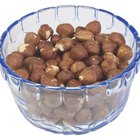
What Kinds of Nuts Don't Grow on Trees?
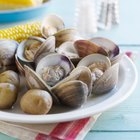
Types of Edible Clams

Beans Vs. Lentils
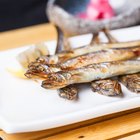
How to Cook Shishamo Fish

Types of Greek Fruits & Vegetables
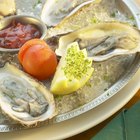
How to Safely Eat Raw Oysters

Are Farm Raised Mussels & Clams Healthy ...

Are Bell Peppers Nightshade Vegetables?
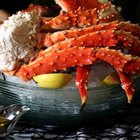
When Is King Crab Season?

Do You Have to Clean Octopus Tentacles ...
Best Ways to Spend a Family Vacation in ...
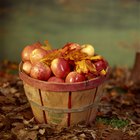
10 Worst Non-Organic Foods
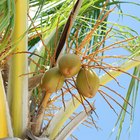
Which Nuts Are Alkaline Forming?

How to Avoid Woodpeckers at a ...

The History of Biwa Pearls

Difference Between Tilapia Loin and ...
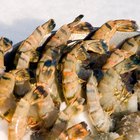
Tiger Prawns vs. Shrimp
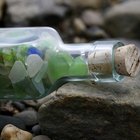
Sea Glass Beaches in Florida
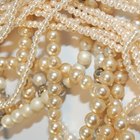
What Countries Harvest Pearls?
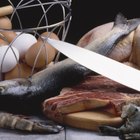
How to Devein Tiger Prawns
References
- On Food and Cooking: The Science and Lore of the Kitchen; Harold McGee
- Man and Mollusc: Data Base of Edible Molluscs
- Man and Mollusc: Inedible Families and/or Species -- The "Do Not Eat" Page
- The New York Times: A Delicacy Scraped From the Pacific Rocks
- Foodsafety.gov: Seafood
Writer Bio
Fred Decker is a trained chef and prolific freelance writer. In previous careers, he sold insurance and mutual funds, and was a longtime retailer. He was educated at Memorial University of Newfoundland and the Northern Alberta Institute of Technology. His articles have appeared on numerous home and garden sites including GoneOutdoors, TheNest and eHow.
Photo Credits
Rrrainbow/iStock/Getty Images